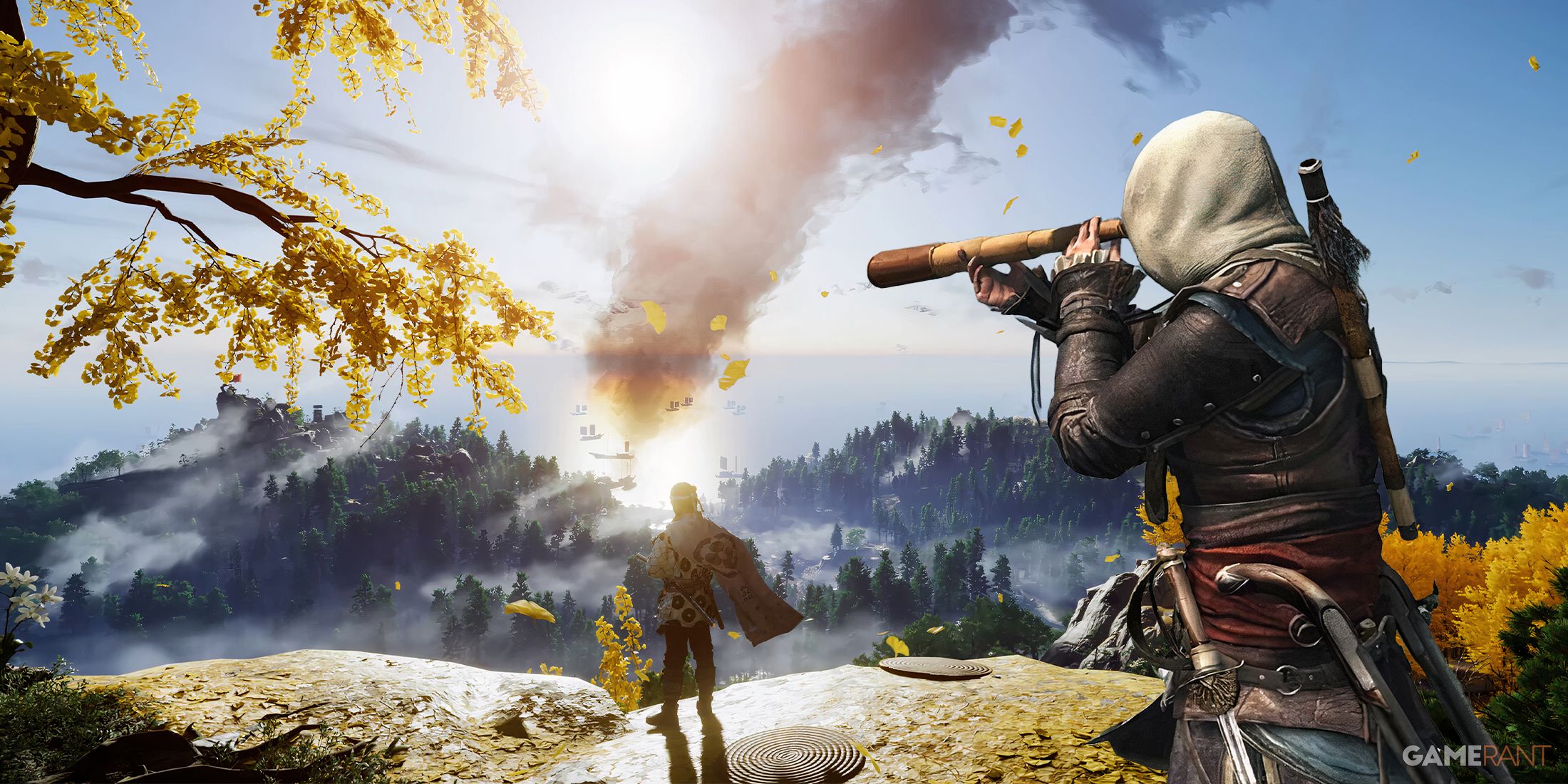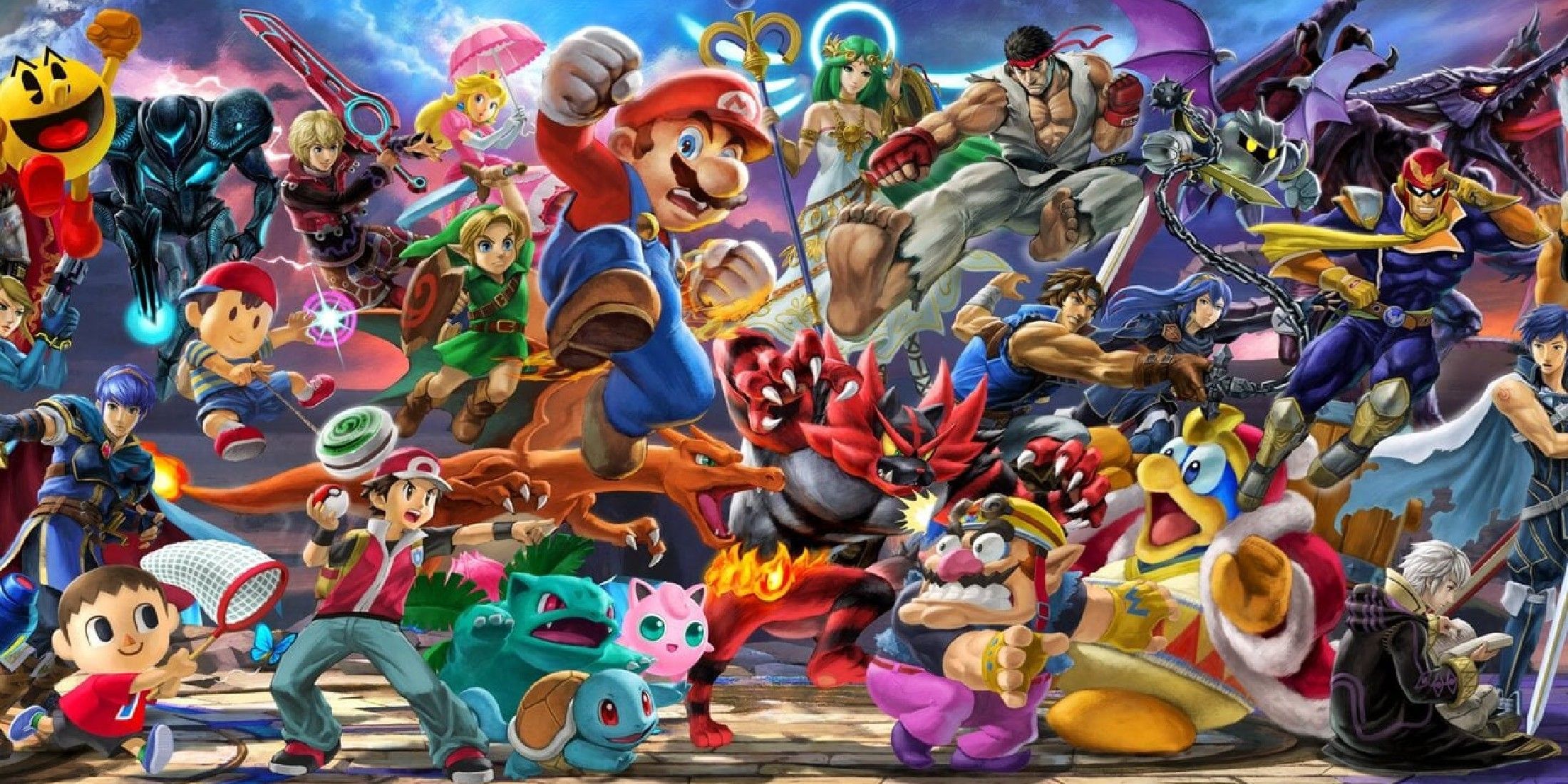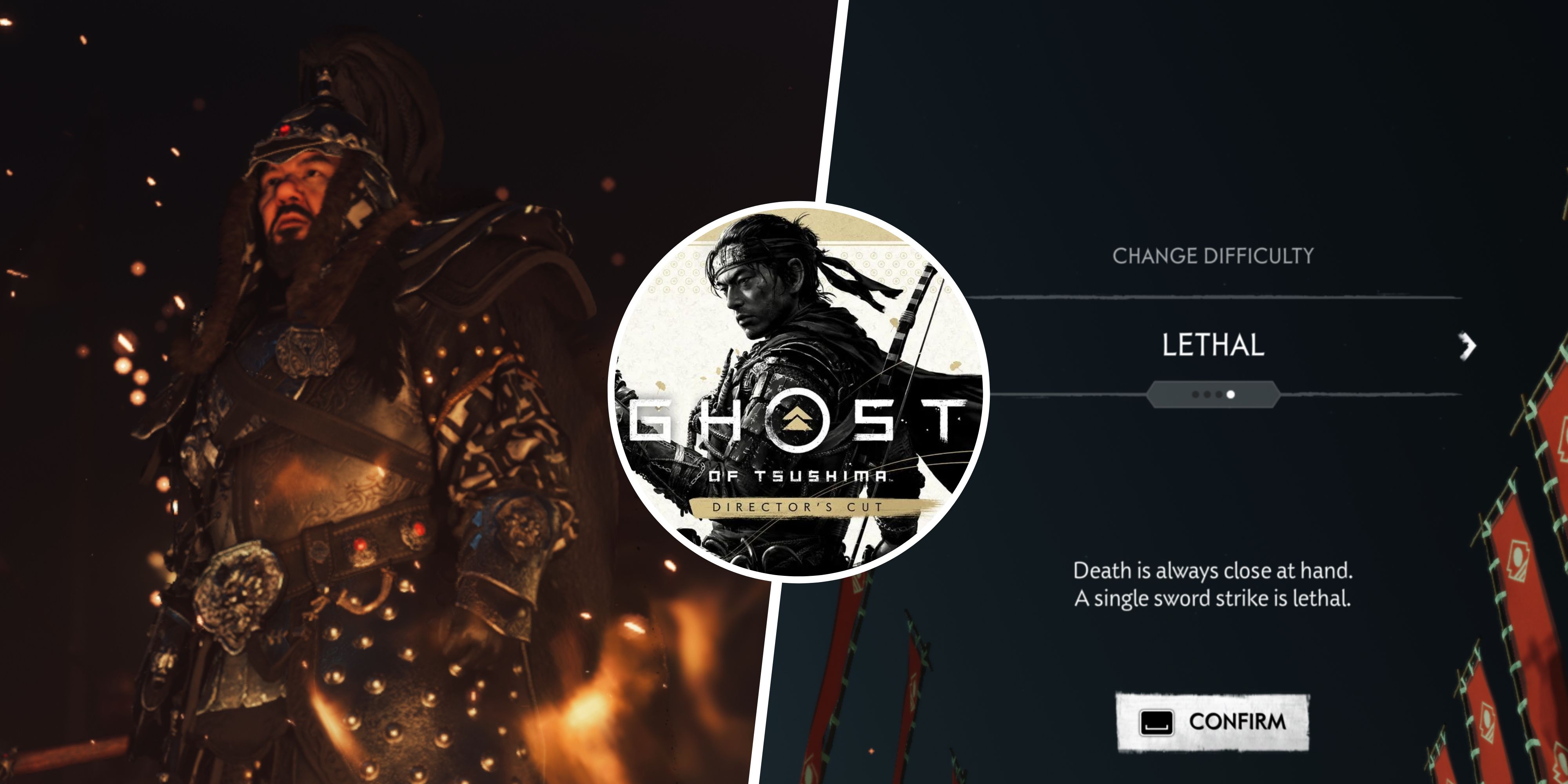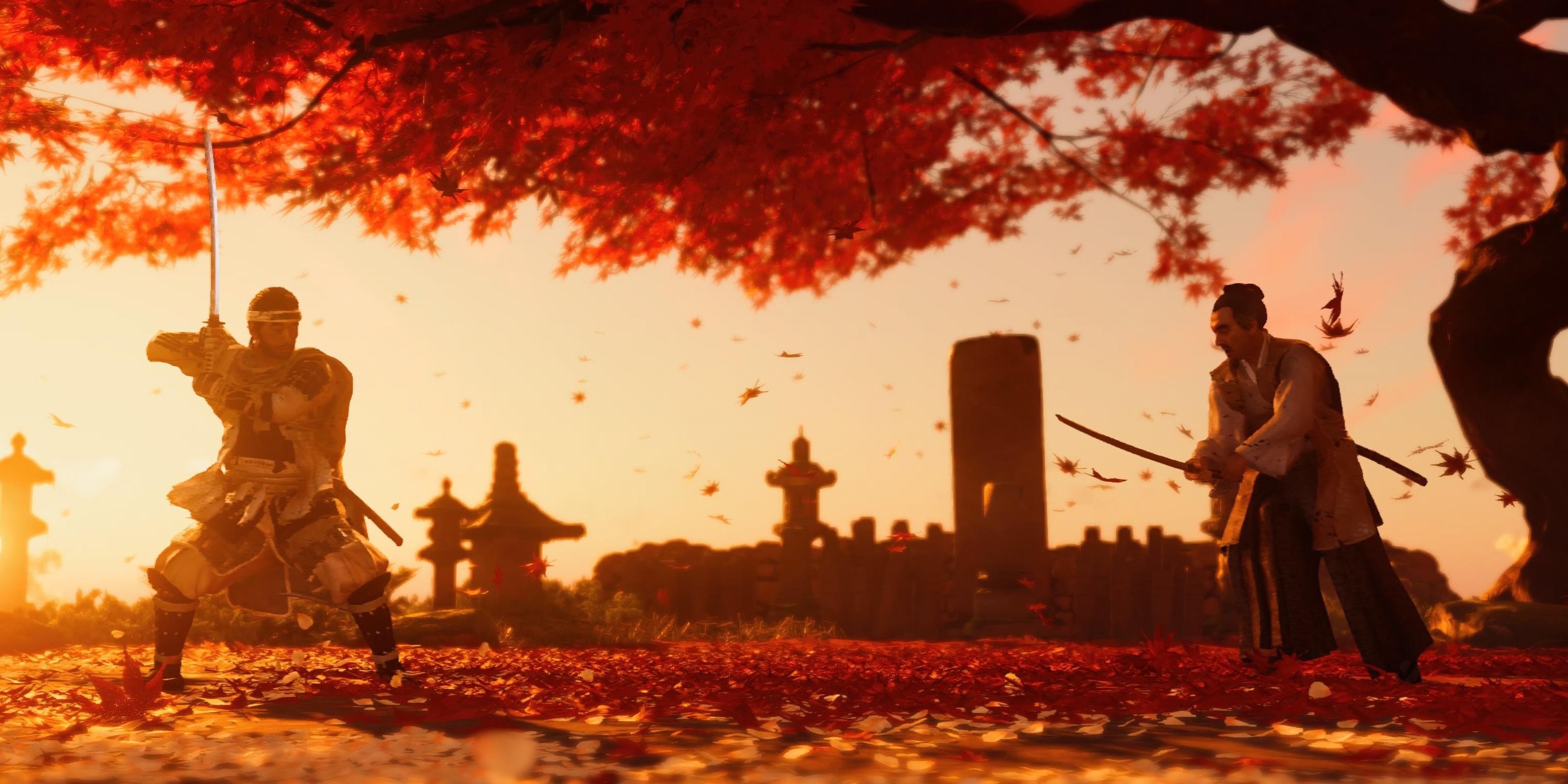Ghost of Tsushima Director's Cut offers players four different game modes where they can choose the difficulty setting for the adventure across Tsushima Island.
While Easy, Medium, and Hard are self-explanatory, Lethal is a bit more nuanced. Players looking to dive into the game will want to know what it all means. Here is the breakdown.

Ghost of Tsushima: Complete Guide and Walkthrough
This Ghost of Tsushima walkthrough will take players through every step of Jin Sakai's journey.
All Difficulty Settings Explained
There are four different difficulties to choose from in Ghost of Tsushima:
Easy | The player's health pool and damage resistance are drastically increased while the enemies are not. Enemy AI is the same as in other game modes, but the window of opportunity for dodges and parries is extended. Enemies go down in 2-3 hits. Sneaking is much easier. |
|---|---|
Medium | Default game mode. Less time to parry and dodge compared to Easy mode, but still very manageable. Enemies and Jin are susceptible to getting killed in five or six hits. |
Hard | Dodges and parries require perfect timing. Jin and his enemies die in three to four hits, depending on weapon upgrades. Sneaking is more difficult and requires actually hiding from the line of sight. |
Lethal | The true 'Samurai' experience. All health pools are drastically lowered, and both enemies and Jin go down in one hit most of the time, sometimes two, depending on the armor upgrades and the level difference. Sneaking, parrying, and dodging require perfect timing and situational awareness. |
Hard vs. Lethal: Which Should You Choose?
For players looking to experience Ghost of Tsushima at its hardest, the question becomes which difficulty mode they should pick: Hard or Lethal? Neither mode is easy, but each offers a different flavor of challenge. Here's the difference.
Lethal is technically the hardest difficulty setting in Ghost of Tsushima Director's Cut, but it can get to the point of feeling unfair instead of challenging. One mistake in Lethal mode is a direct ticket to death - both for Jin and for his enemies. Players will need to use every single tool at their disposal to come out ahead. Equipment upgrades still matter; players can get better armor sets to increase their survivability. In other modes, this means you can take 5-6 hits before going down. In Lethal, it means surviving 2 hits instead of 1.
Lethal mode's biggest benefit is that it eliminates damage sponges, making both the player and enemies equally susceptible to being cut down. It provides players with the most authentic experience of combat as a Samurai.
Players can change the difficulty setting anytime by pausing the game and selecting Game > Difficulty. The changes will even take hold mid-combat.
In Hard mode, combat is challenging but fair. Killing enemies is actually harder in this mode because enemies don't go down in one swing of a sword. Players have to keep an eye on surrounding enemies while trying to get through the defenses of a single enemy. Armor and weapon upgrades matter more in this game mode as they can allow Jin to increase his survivability and his effectiveness in combat.
The Verdict
Both game modes are challenging, but Lethal promises a true Samurai fantasy roleplay in the form of one swing, one kill. At the same time, Hard offers a more traditional Action RPG experience at the hardest setting.
For new players unsure about which to choose, consider playing at Hard for a couple of hours and then switching to Lethal. The difference becomes immediately obvious.
If Lethal proves too difficult at the start, return to it after a few hours in lower-difficulty settings to get a feel for the flow of combat.
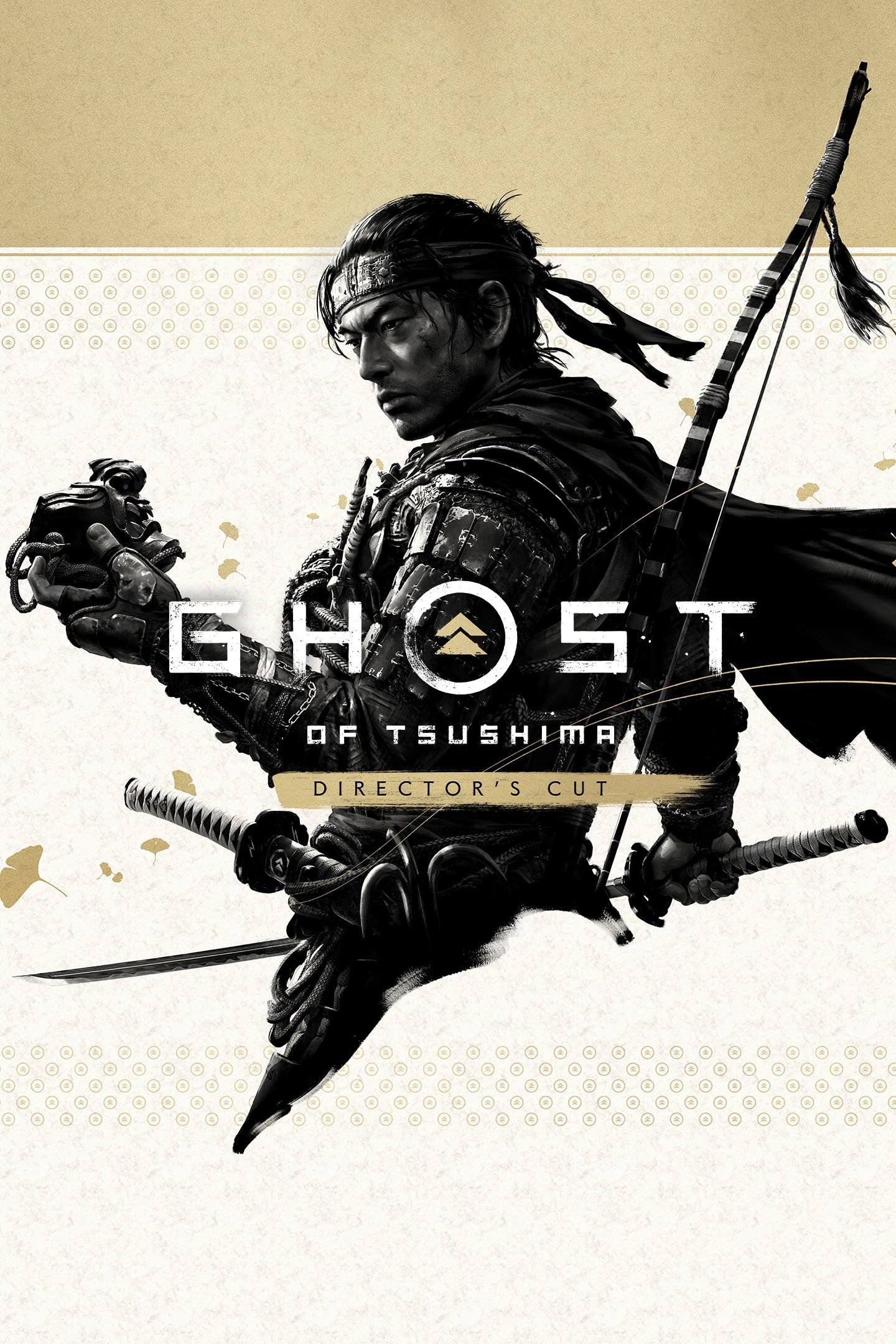
Ghost of Tsushima Director's Cut
- Released
- August 20, 2021
- Developer(s)
- Sucker Punch
- Publisher(s)
- Sony Interactive Entertainment
- Genre(s)
- Action-Adventure , Open-World

